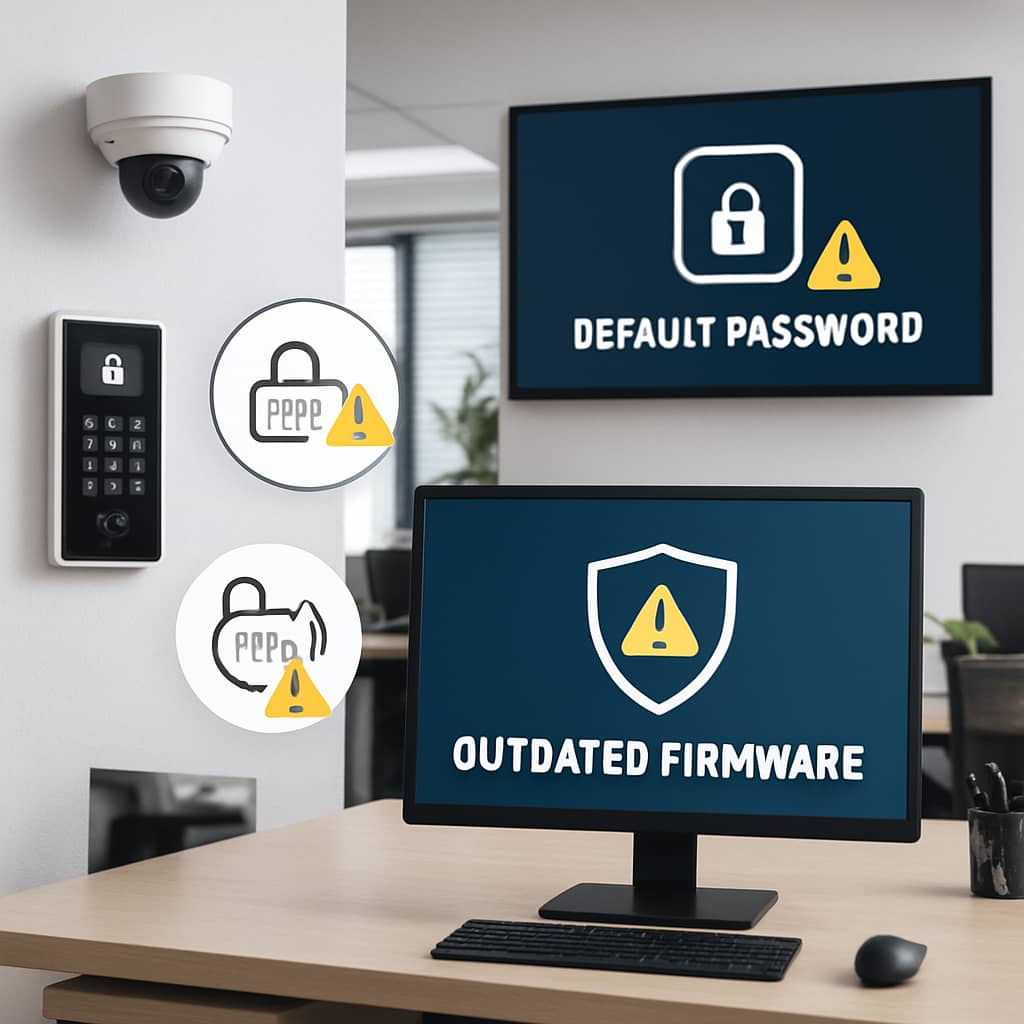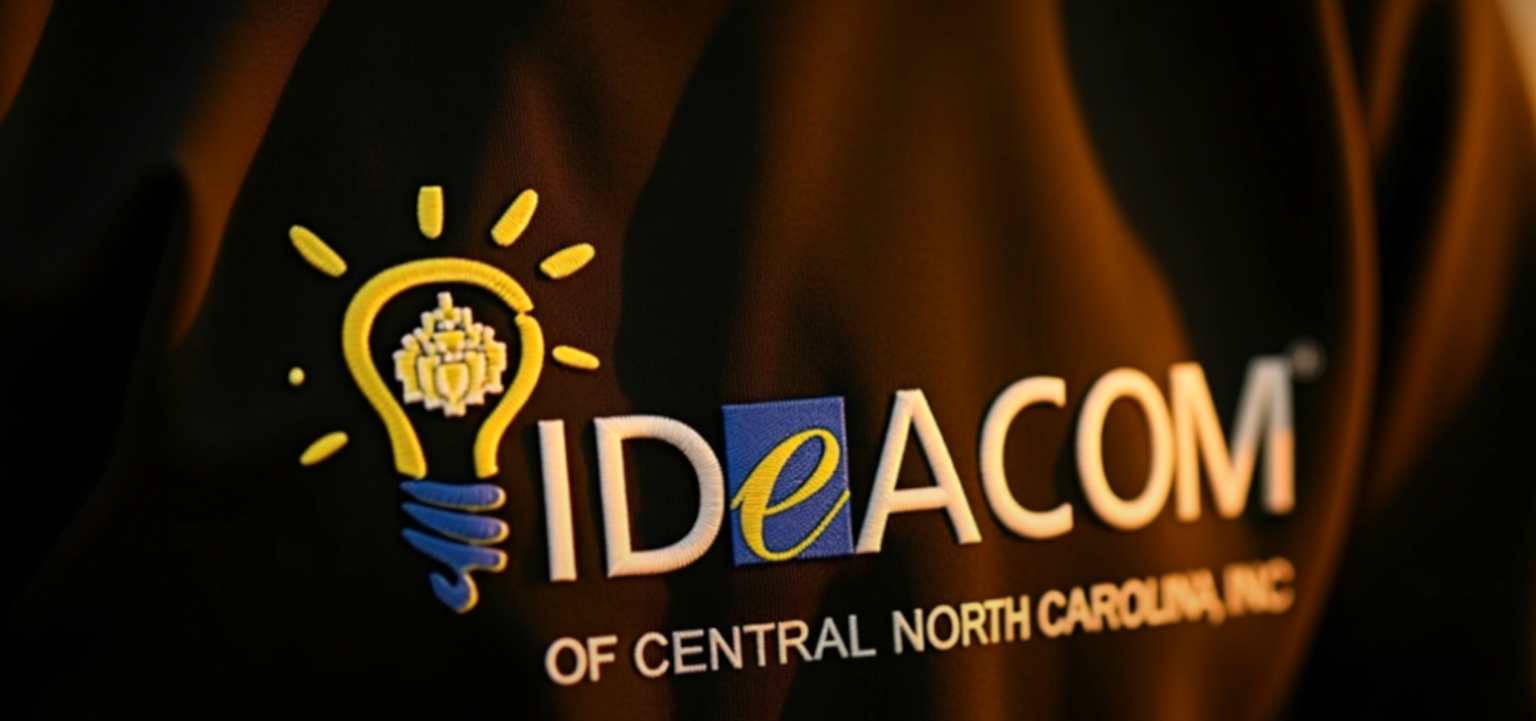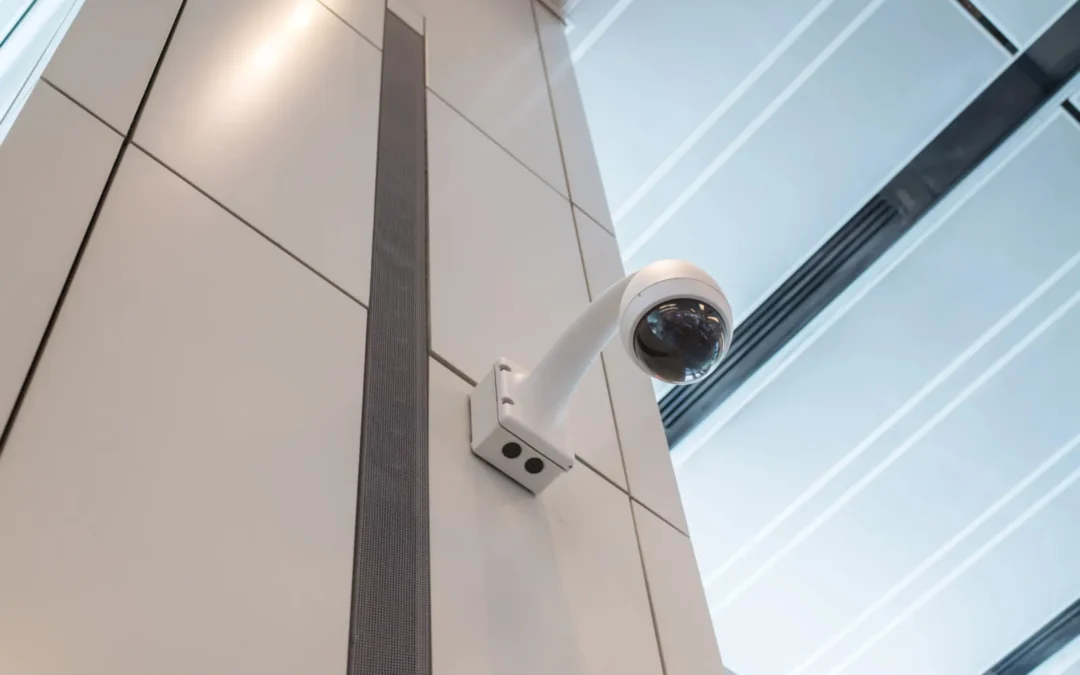Common Security Vulnerabilities
Default credentials remain one of the most exploited weaknesses, as many devices ship with factory-set usernames and passwords that administrators never change. Once attackers identify these vulnerable systems through network scanning, they can log in using well-known default credentials to reconfigure door behaviors, modify access schedules, delete security logs, or create unauthorized user accounts.
Buffer overflow attacks represent another critical threat vector, where specially crafted data inputs trigger memory corruption that allows attackers to execute malicious code and install persistent backdoors. Meanwhile, insecure web-based management portals lacking proper authentication or encryption enable remote attackers to change system settings, extract logs, or unlock doors without physical access to the premises. These vulnerabilities can lead to devastating consequences in mission-critical environments such as hospitals, airports, or data centers, where sudden infrastructure shutdowns or disabled emergency systems could prove catastrophic.

Security Best Practices
Implementing robust password policies stands as the most fundamental defense, requiring organizations to replace all factory-default credentials with strong, unique passwords and enable multi-factor authentication wherever possible. Regular firmware updates and security patches must be maintained to address known vulnerabilities, while network segmentation should isolate surveillance and access control devices on separate VLANs away from core business systems.
Strategic camera placement at heights of eight to ten feet ensures optimal coverage of high-traffic areas, entry points, and asset storage locations, while adequate lighting or infrared capabilities enable effective 24/7 monitoring. Access restrictions should limit system management to authorized personnel only, with encrypted data transmission protecting all video feeds and access logs through HTTPS or VPN connections. Regular staff training on security protocols and privacy best practices creates an additional layer of human-centered defense against potential breaches.
Compliance and Liability
Regulatory frameworks such as HIPAA and PCI DSS hold businesses legally responsible for protecting sensitive information, making surveillance system breaches particularly costly from both financial and reputational perspectives. Organizations face potential legal consequences when their security cameras or access control systems become entry points for data breaches, as these connected devices can expose protected health information, payment data, or other confidential records stored on the same network.
Privacy compliance requires careful attention to data protection laws like GDPR in Europe or CCPA in California, which mandate clear signage indicating surveillance areas, established retention policies, and secure data handling procedures. Organizations must implement access controls that limit footage viewing to authorized personnel, use encryption for data transmission and storage, and provide clear processes for individuals to request access to recordings in which they appear.

IdeaCom Professional Solutions
Professional security system management requires specialized knowledge that many businesses lack in-house, making expert partnerships essential for maintaining robust protection. IdeaCom of North Carolina provides comprehensive security assessments and ongoing management services for businesses across the Triad region, including Greensboro, Winston-Salem, and High Point, ensuring that surveillance cameras and access control systems align with both cybersecurity best practices and regulatory compliance frameworks like NIST.
Beyond initial installation, ongoing maintenance includes regular security audits, firmware updates, and 24/7 monitoring services that detect potential vulnerabilities before they can be exploited. The company’s integrated approach combines IT network security expertise with physical security system knowledge, addressing the critical gap where many organizations struggle to properly secure their connected surveillance and access control infrastructure.

